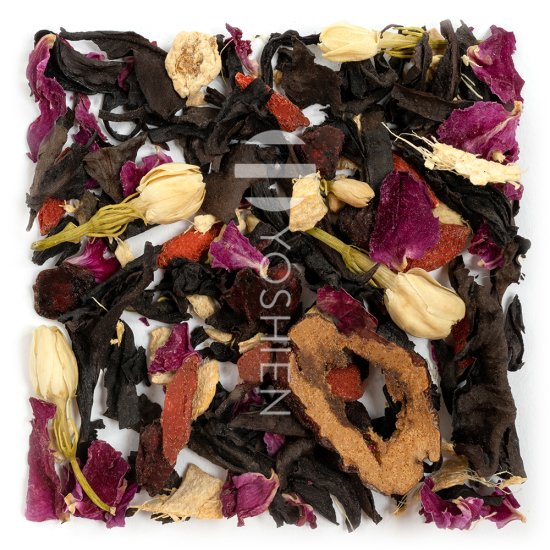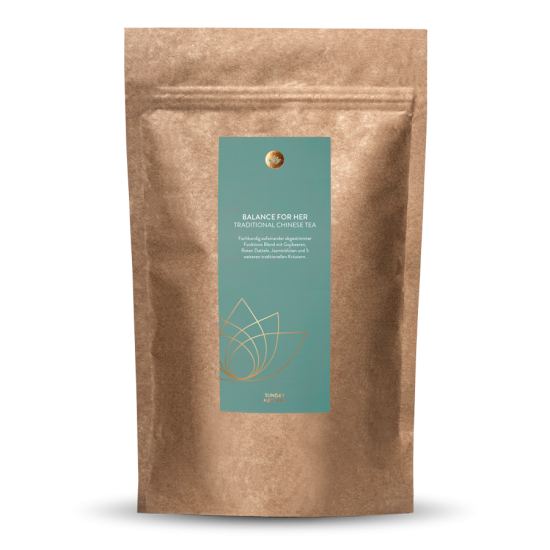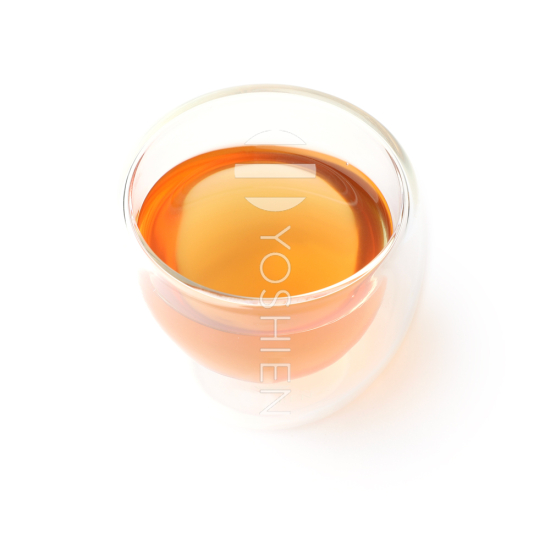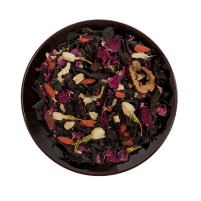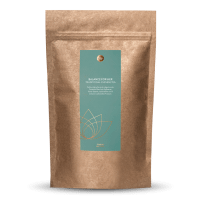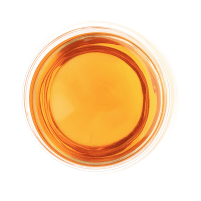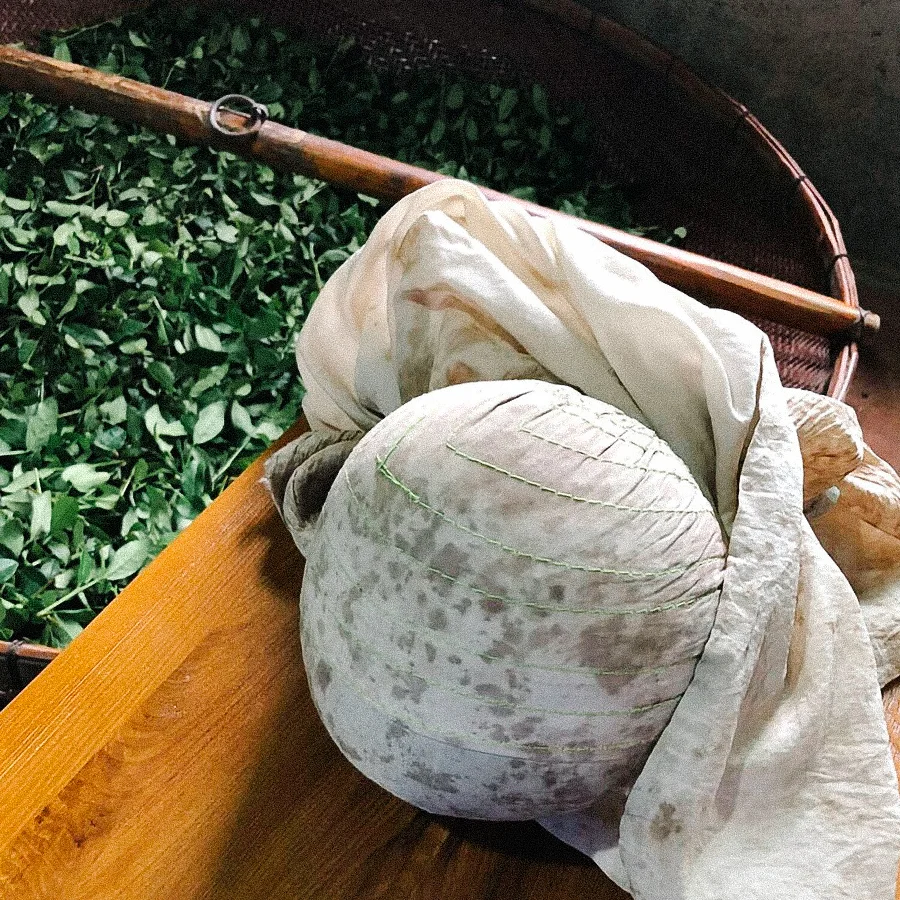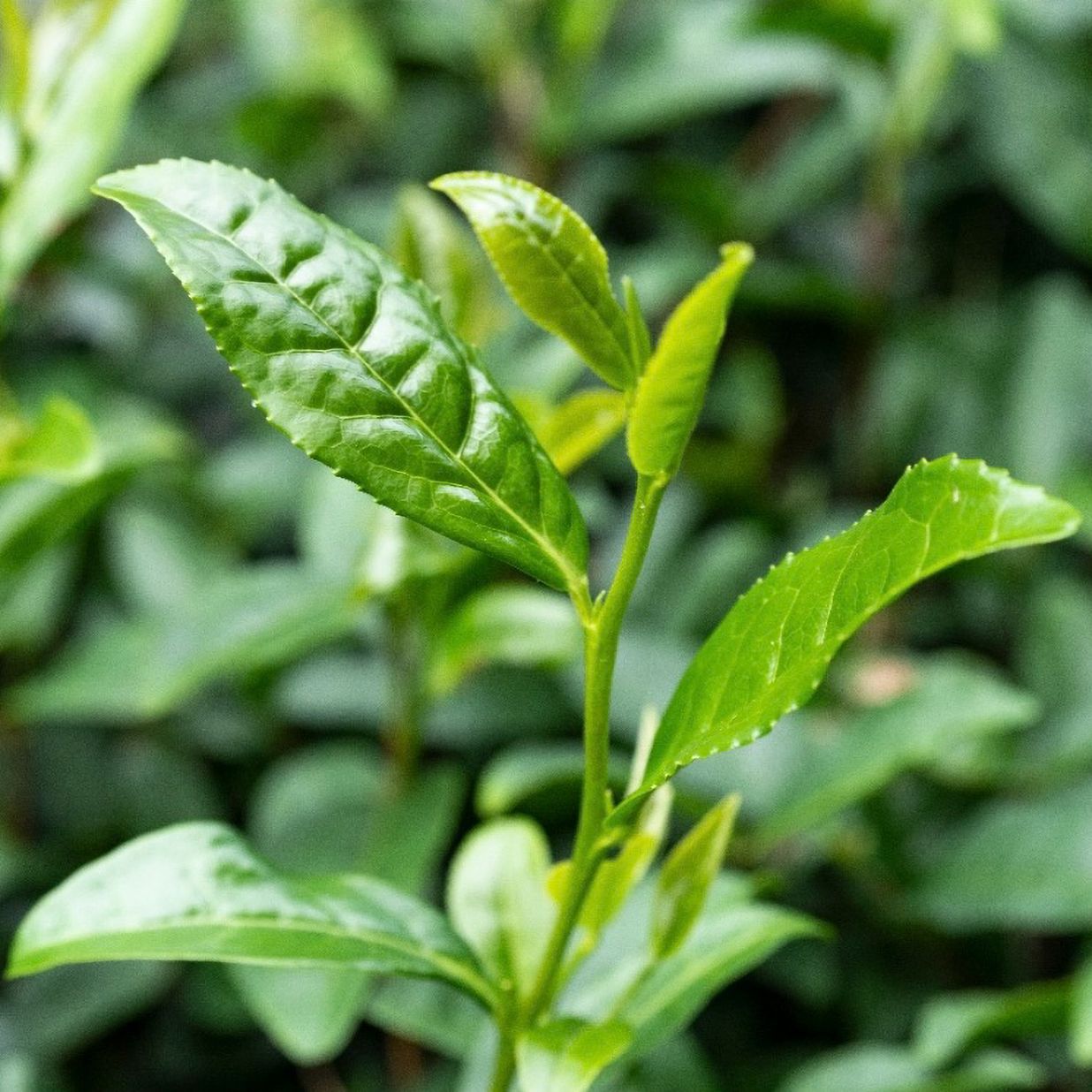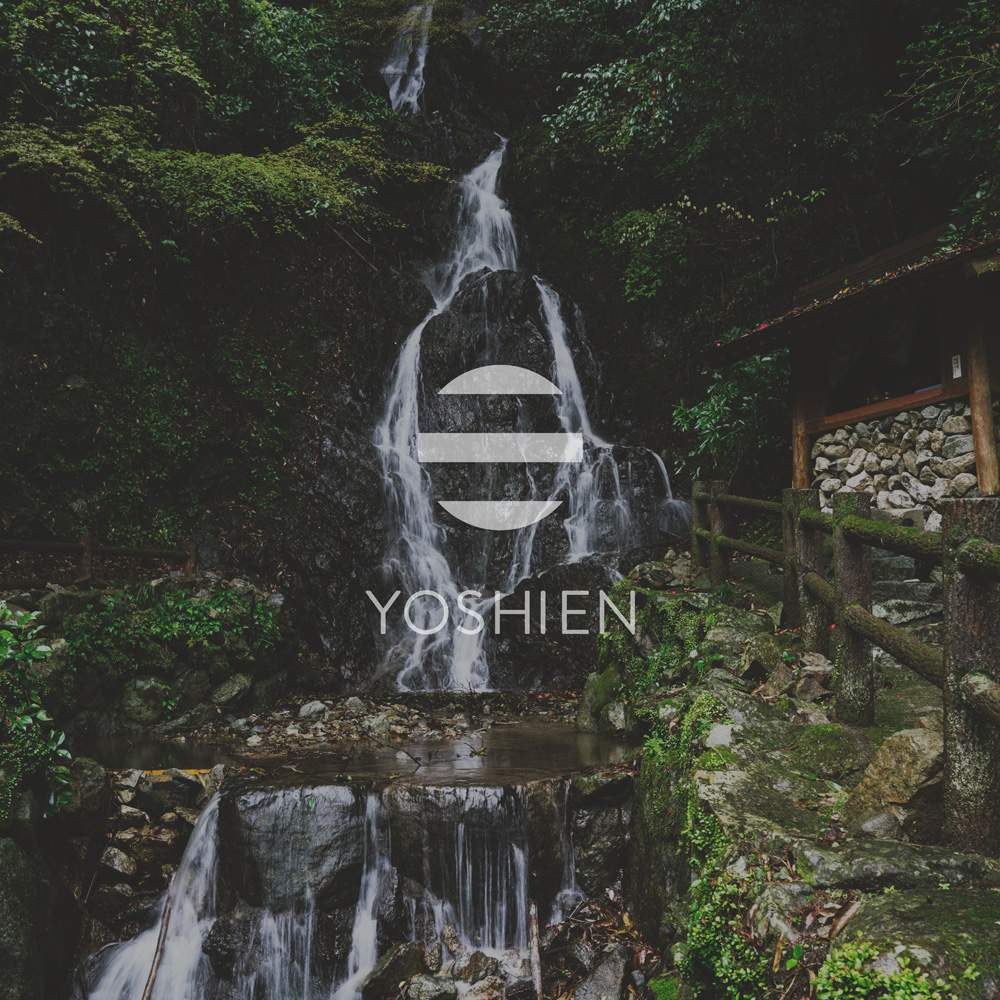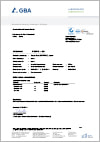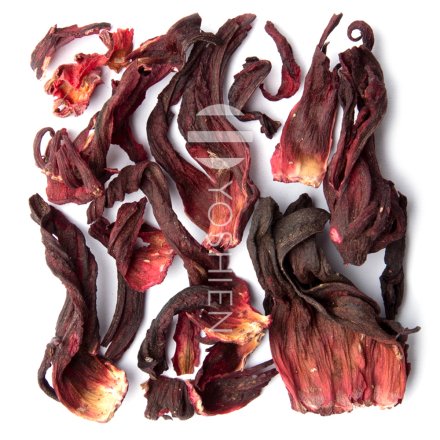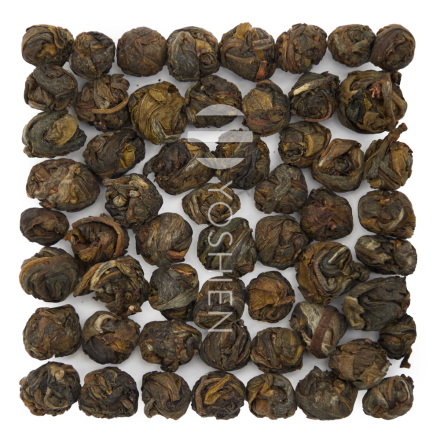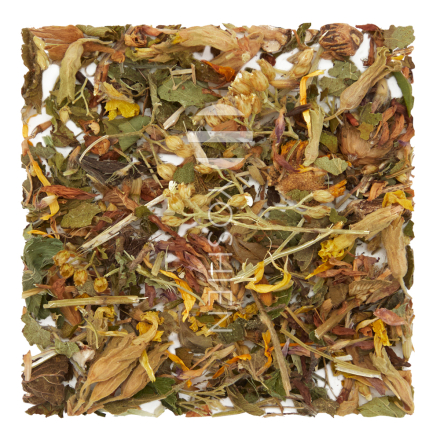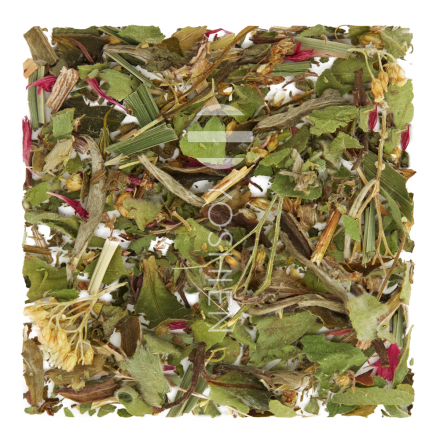Goji Berries
Lycium barbarum (枸杞) or the common boxthorn, bears the fruit of the goji berry. Its homeland is believed to be somewhere between Southeast Europe and China. Cultivation began in China more than 3000 years ago, and the berry can be found in the "Classic Book of Chinese Herbs" from this time. The goji berry itself is a true all-rounder and has quickly joined the ranks of superfoods.
Ginseng
Red or Panax ginseng (人蔘) originates from Northeast China and Korea, where the plant's roots have been used for centuries. The mature roots contain a particularly large number of saponins, specifically ginsenosides, and in traditional Chinese medicine are considered a tonic, which is why they are often referred to as a "power root". Due to the global popularity of genuine Panax ginseng, it is almost extinct in the wild and primarily exists as a cultivated plant. After harvesting, the roots of Panax are treated with steam to preserve the valuable ingredients. In the process, the root turns red and becomes more resistant, and other active substances are produced, such as maltol.
Red Date
Ziziphus jujuba (紅棗) known as red date or jujube in English, is native to the mountains, growing at altitudes of up to 1700m. From China the red date spread quickly through human hands to Korea and Japan, before beginning its journey to Asia Minor and Southeast Europe on the old trade routes. Today it can also be found growing in Sudan, Brazil and the southern USA. This fruit was mentioned in the Shennong writings as far back as 300 BC, and has been included in European herbal books since the 16th century.
Jasmine Blossom
The Jasmine (Jasminum officinale L., 茉莉花 ) plant originates from the Himalayas in Kashmir and southwest China and thrives at altitudes of up to 4000m. Jasmine blossoms have been used for thousands of years for their sweet fragrance.
Ginger
Comprising approximately 60 species, real ginger belongs to the ginger family (Zingiberaceae). Its probable origins are estimated to be the regions of India and Sri Lanka, but it is now widely cultivated in many subtropical and tropical regions. The plant can reach heights of 50–100cm and features thick stems and long, reed-like leaves. The flower shaft emerges from the aromatic root and grows up to 25cm long, bearing reddish-yellow to dark purple petals.
SCHISANDRA
Schisandra is a type of liana plant from the star anise family. The small, reddish berries of the plant, also known as magnolia berries, have been used in East Asia for over 2000 years. The dried fruits have a unique taste that encompasses all five flavour elements: sweet, sour, salty, bitter and spicy – hence their name wu wei zi in Chinese, where "wu" means five.
Japanese Rose
Rosa rugosa (玫瑰花) or Japanese rose, is a hardy rose with a very delicate scent that spread to Japan and eastern Russia from China, where it originates. Our roses are cultivated as a hedge shrub but they can be found growing everywhere in the wild. While this type of rose was already known and used in China 3000 years ago, it was only mentioned in western writings in 1784.



